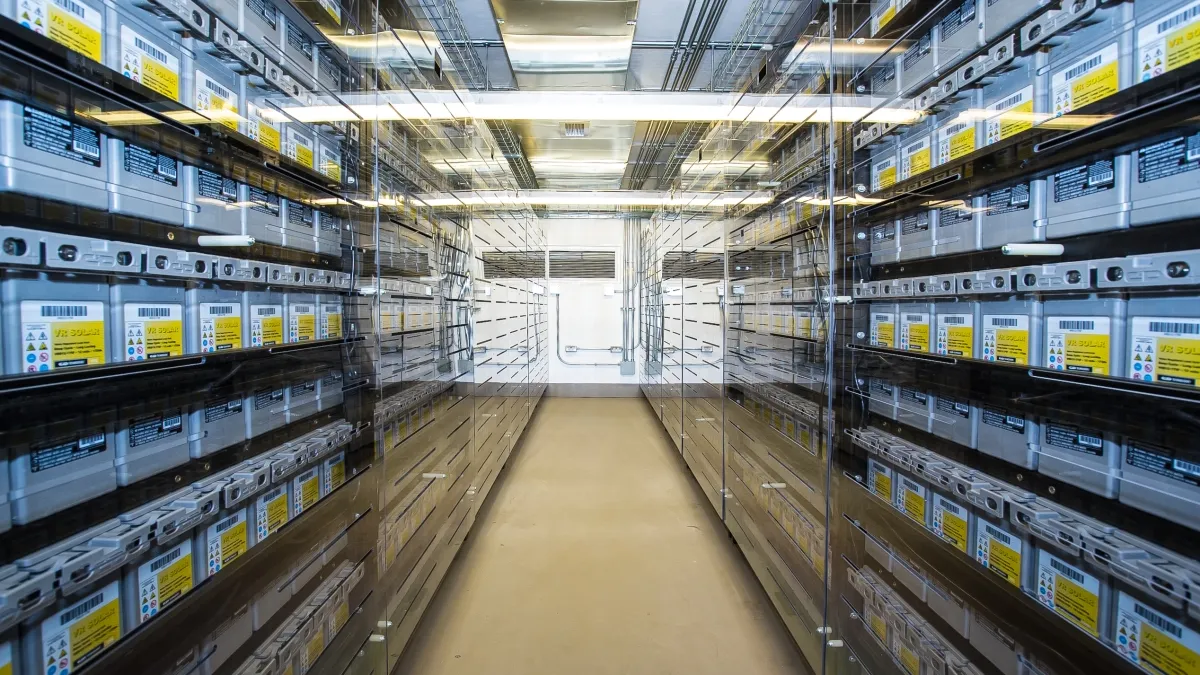Dive Brief:
-
The Federal Energy Regulatory Commission (FERC) has approved the first generation interconnection agreement (GIA) for energy storage in the Midcontinent Independent System Operator (MISO), RTO Insider reports.
-
The GIA is for Indianapolis Power & Light’s (IPL) Harding Street Station Battery Energy Storage System, which is planned to go online this month.
-
The GIA includes not only the newly constructed 20 MW storage facility at Harding Street, but two existing gas turbine generators that are designated as black start resources as well.
Dive Insight:
MISO has to date lagged behind neighboring PJM Interconnection when it comes to storage. MISO has a market for short- and long-term storage and is examining the feasibility of a market for batteries capable of durations of four hours or more.
To that point, FERC said more comprehensive market rules for storage are needed and that the current ruling does not set a precedent for future storage facilities.
“The Harding Street GIA is narrowly focused on the terms necessary to interconnect Indianapolis Power’s battery facility and two existing combustion-turbine generators; the commission’s action in this proceeding, therefore, does not prejudge potential improvements to the procedures or agreements that govern the interconnection of electric storage resources in the future,” FERC explained in the ruling.
FERC said its accepted the GIA “in the interest of expeditiously connecting the battery facility to MISO’s transmission grid.”
The batteries, eight 2.5 MW blocks, will use the existing interconnection facilities of the two existing gas turbine generator units, which connect to the Harding Street South substation.
The ruling also touched on underlying issues regarding the designation of storage facilities. IPL had argued that the project was being mischaracterized and had urged FERC to view the storage facility as a transmission asset.
FERC said a “generating facility” designation was appropriate because the pro forma definition includes “device(s) for the production and/or storage for later injection of electricity identified in the interconnection request.”
The commission also pointed out IPL’s battery storage was bundled with two other generating units. However, the commission ordered MISO to add one instance of “energy storage resource” to the agreement.
MISO also regarded the battery facility as an upgrade because it shares the same interconnection facilities as the existing generation. IPL had objected to this treatment, maintaining that the non-generating battery facility is a transmission asset that provides ancillary services.














